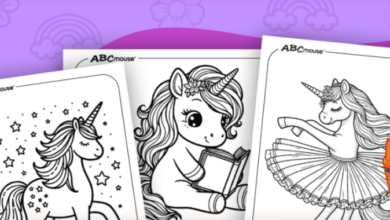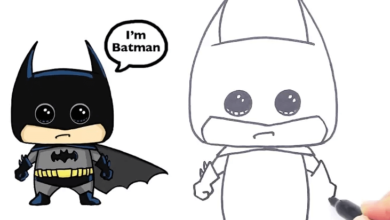Drawing:6xb3lkbucxu= Gold Fish

Drawing:6xb3lkbucxu= Gold Fish presents a unique opportunity to explore not only the delicate anatomy of these creatures but also the techniques that can effectively convey their fluid movement and vibrant hues. By selecting appropriate materials and employing various methods such as gesture drawing and color layering, artists can create compelling representations that capture the essence of these aquatic beings. Yet, the challenge lies not merely in the execution but in understanding how to infuse life into the artwork. What strategies can be employed to elevate a simple drawing into a captivating visual narrative?
Understanding Goldfish Anatomy
Exploring goldfish anatomy reveals the intricate design that contributes to their unique behaviors and adaptations.
The goldfish physiology showcases a streamlined body, supported by a flexible skeletal structure that facilitates agile movement.
Their fin placement and operculum function enhance their swimming efficiency and respiratory capabilities, allowing these captivating creatures to thrive in diverse aquatic environments, reflecting their evolutionary success and resilience.
Essential Drawing Materials
A variety of essential drawing materials can significantly enhance the process of capturing the elegance of goldfish.
Selecting appropriate pencil types, such as graphite for fine details and charcoal for bold strokes, can create depth and dimension.
Equally important are paper textures; smooth surfaces lend precision, while textured papers can evoke a more organic feel, allowing artists to express their creativity freely.
Techniques for Capturing Movement
Capturing the fluidity and grace of goldfish requires a keen understanding of movement, as these creatures are often in constant motion.
Utilizing gesture drawing techniques allows artists to quickly convey the essence of dynamic poses, emphasizing the elegance of their swimming patterns.
Observing their movements closely enhances the ability to depict realistic and expressive illustrations, inviting viewers to appreciate the beauty of these aquatic beings.
Read Also Drawing:6wqv9fe5yxm= Beetle
Tips for Adding Color and Detail
When it comes to bringing goldfish illustrations to life, artists should focus on layering colors and incorporating intricate details that reflect the fish’s natural beauty.
Employing color blending techniques enhances vibrancy, while texture techniques—such as stippling or cross-hatching—add depth and realism.
Conclusion
In conclusion, the Drawing:6xb3lkbucxu= Gold Fish transcends mere representation, inviting the observer to appreciate the delicate interplay between form and color. Mastery of anatomy, combined with the thoughtful selection of materials and techniques, allows artists to capture not only the beauty of the goldfish but also its essence. As the artist’s hand glides across the paper, so too does the spirit of the goldfish swim through the viewer’s imagination, evoking a sense of tranquility and wonder.





